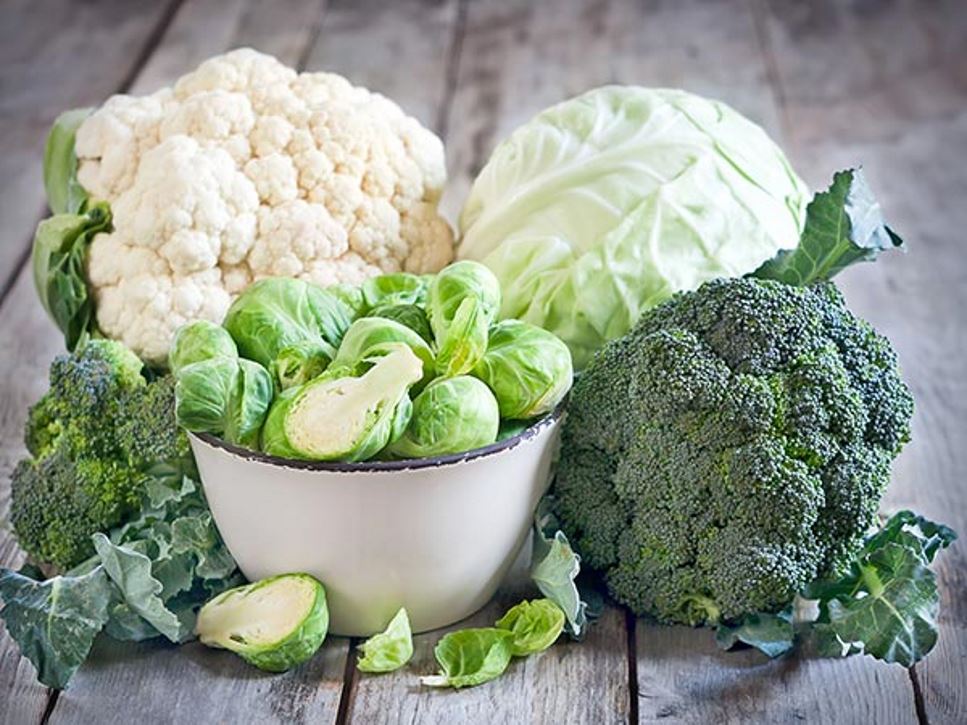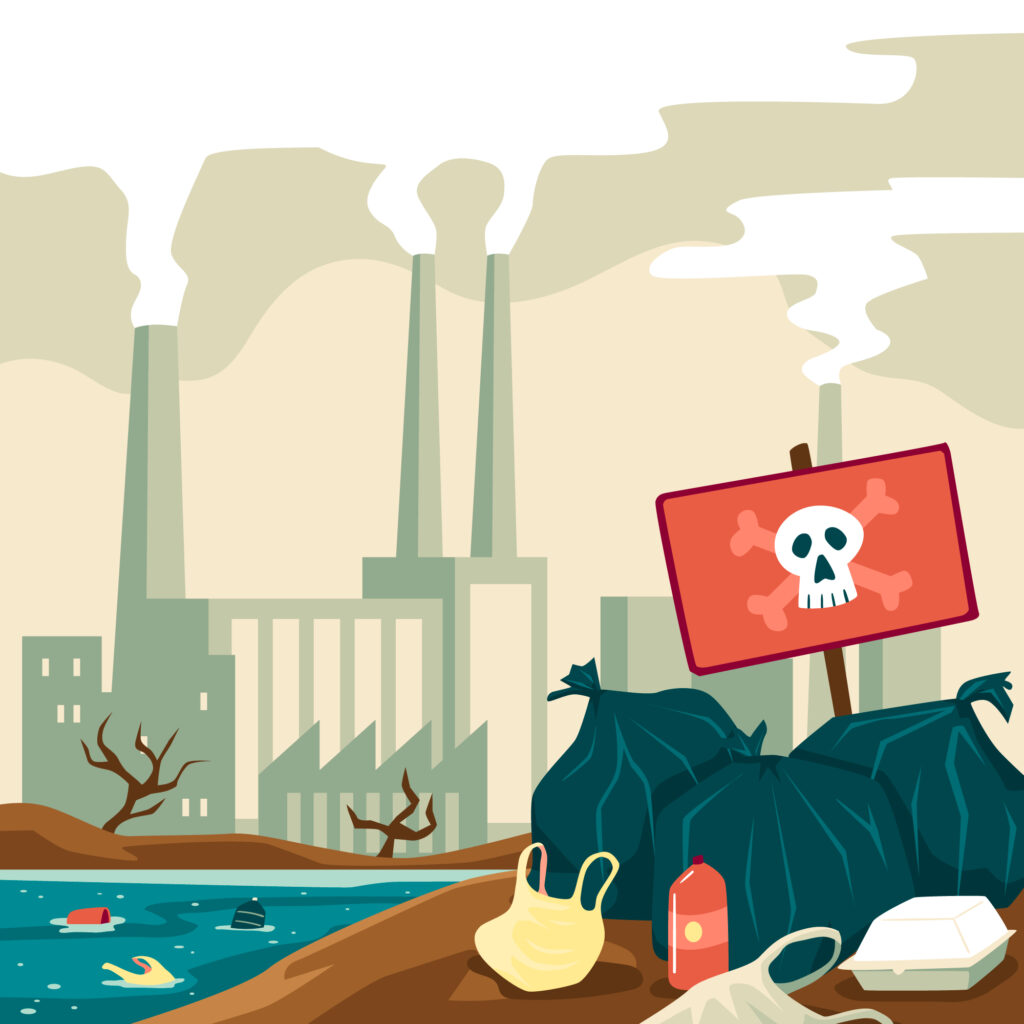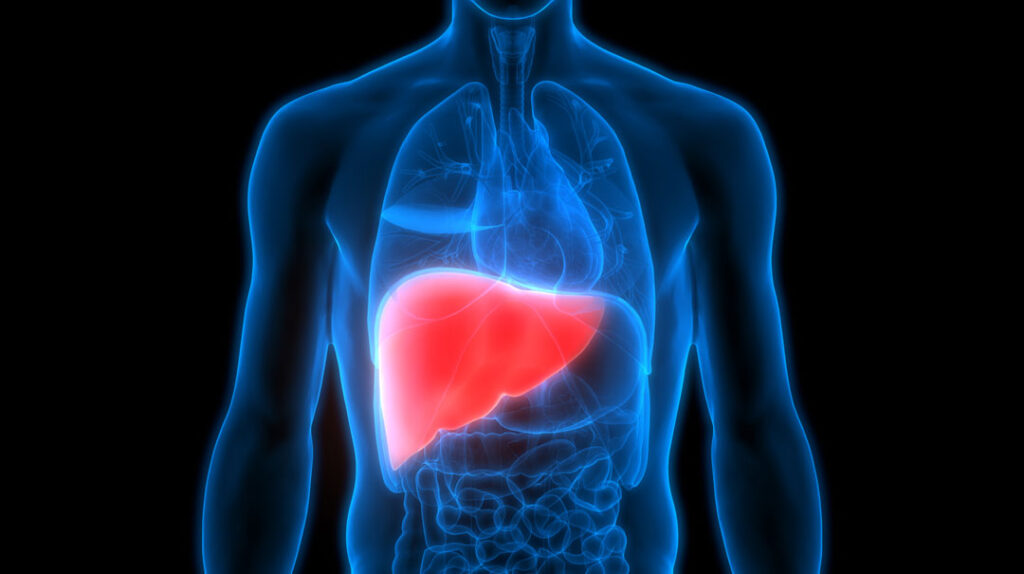Cruciferous Vegetable Recipes from the Omnivore’s Delight Archive
Broccoli Slaw
Ingredients:
- 4 broccoli stalks peeled and ends cut off.
- 1 medium carrot, ends removed.
- 4 cups shredded red cabbage (about 1/3 of a medium cabbage)
- 1 small red onion, minced.
- 1 shallot, coarsely chopped
- 2 medium cloves garlic, coarsely chopped
- ¼ cup apple cider vinegar
- 1/3 cup grape seed oil
- ½ Tbsp honey
- ½ tsp salt
- ¼ tsp fresh ground pepper
- ½ cup pine nuts
Heat oven to 300 degrees. Spread pine nuts out on cookie sheet. Bake until lightly toasted, 7-10 minutes, stirring occasionally to prevent burning. Remove from oven and let cool.
Using a grater, shred broccoli stalks and carrot into a large bowl. Add cabbage and onion and mix to combine.
Put shallot, garlic, olive oil, vinegar, honey, salt, and pepper in food processor. Process until smooth, about 30 seconds.
Pour dressing onto broccoli-cabbage mixture. Add pine nuts and toss to coat evenly with dressing. Cover and place in refrigerator for at least 2 hours before serving.
Curry Roasted Cauliflower
Ingredients:
- 1 large cauliflower cut into medium florets.
- 3 Tbsp olive oil
- 1 Tbsp curry powder
- ¼ tsp salt.
Preheat oven to 425.
Place cauliflower in a large bowl. Drizzle with olive oil. Sprinkle with curry powder and salt. Toss until evenly coated. Pour cauliflower onto a roasting pan in a single layer. Roast, stirring occasional until golden brown, 25 to 30 minutes.
White Bean and Kale Soup
Ingredients:
- 3 15 oz cans of Cannellini beans drained and rinsed
- 4 tbsp olive oil
- 1 medium onion, diced,
- 3 cloves garlic, minced
- 1 large carrot, dices
- ¼ cup fresh parsley, chopped
- 1 Tbsp fresh sage leaves, chopped
- ½ tsp dried thyme
- 4 cups chicken or vegetable stock
- 1 bunch kale (preferably lancenato or dino kale) leaves removed from stems and chopped
- 1 tbsp balsamic vinegar
- ½ tsp salt, plus more for taste
- Water if necessary for thinning
In a large saucepan, heat 2 tbsp olive oil over medium heat. Add onions, carrot, garlic, and salt. Sauté until softened 7 to 10 minutes. Add parsley, sage, and thyme. Continue to sauté for another minute.
Add the beans and stock to the pot. Bring to a simmer cover and allow to simmer for 15 minutes.
Meanwhile, heat 2 Tbsp olive oil in a large fry pan over medium heat. Add kale and sauté until leaves begin to wilt. Drizzle with balsamic vinegar and a pinch of salt. Stir and remove from heat.
Using a hand blender puree bean mixture until smooth. Add cooked kale to soup. Taste and adjust seasoning with salt or more balsamic vinegar as necessary. If constancy is too thick add a little bit of water until desired consistence is achieved.
Arugula Pesto
Ingredients:
- 2 cups arugula leaves, rinsed and dried
- 1 clove garlic, peeled and coarsely chopped
- 2 tbsp. chopped walnut
- 1 tbsp. lemon juice
- 1 tsp. lemon zest
- ½ cup extra virgin olive oil
- Salt
Combine the arugula, a pinch of salt, garlic, nuts, and about half of the olive oil in a food processor or blender. Process until smooth, scraping down the sides as necessary. Check consistency. Add more oil and process again until desired consistency is reached. Add more salt if necessary.
Arugula pesto is great on cooked grains, chicken, salmon and cooked or raw vegetables.





